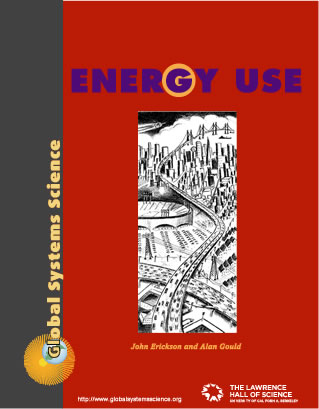EU2C. Stay Current—Energy Basics

Staying current for Chapter 2
2014-06-02. Berkeley Lab Study Highlights Growing Energy Impact of Internet Video Streaming. Excerpt: How much CO2 was emitted when you streamed that movie from Netflix last night? It’s a question few people think about, but now researchers at Lawrence Berkeley National Laboratory …have analyzed the energy usage of home movie viewing. They found that transmitting the bytes across the Internet accounts for the bulk of energy usage and emissions when streaming videos. In 2011, the year that they studied, Americans streamed 3.2 billion hours of video, which consumed 25 petajoules of energy (enough to power about 175,000 U.S. households for one year) and emitted 1.3 billion kilograms of CO2. More than half of the energy usage went to data transmission, according to the study by Arman Shehabi of Berkeley Lab and Ben Walker and Eric Masanet of Northwestern University. Their study, “The energy and greenhouse-gas implications of internet video streaming in the United States,” was published online recently in Environmental Research Letters…. https://newscenter.lbl.gov/2014/06/02/berkeley-lab-study-highlights-growing-energy-impact-of-internet-video-streaming/. By Julie Chao, Berkeley Lab News Center.
2005. From Wikipedia, the free encyclopedia: http://en.wikipedia.org/wiki/Energy
Energy is a measure of being able to do mechanical work.[1] …
The energy of a physical system is defined as the amount of mechanical work that the system can produce if it changes its state to its reference state; for example if a liter of water cools down to 0°C or if a car hits a tree and decelerates from 120 km/h to 0 km/h.
Energy of an object can be in several forms, potential—due to the position of the object relative to other objects; kinetic—energy because of its motion; chemical—due to chemical bonds between atoms that make up the substance; electrical—due to its charge;thermal—due to its heat; and nuclear—due to the instability of the nuclei of its atoms. In the case where the “object” is an electromagnetic wave or light, then radiant energy can also be defined.
One form of energy can be readily transformed into another; for instance, a battery converts chemical energy into electrical energy, which can be converted into thermal energy. Similarly, potential energy is converted into kinetic energy of moving water and turbine in a dam, which in turn transforms into electric energy by generator. The law of conservation of energy states that in a closed system the total amount of energy, corresponding to the sum of a system’s constituent energy components, remains constant. This law follows from translational symmetry of time (that is, independence of any physical process on the moment it started). Some works (thus some forms of energy) are not easily measured by the unaided observer….
The term “energy” is also used in a spiritual or non-scientific way that cannot be quantified, to make certain propositions appear more plausible, by imitating the scientific terminology. Usually this has something to do with mystical and/or healing type references such as acupuncture and reiki….

